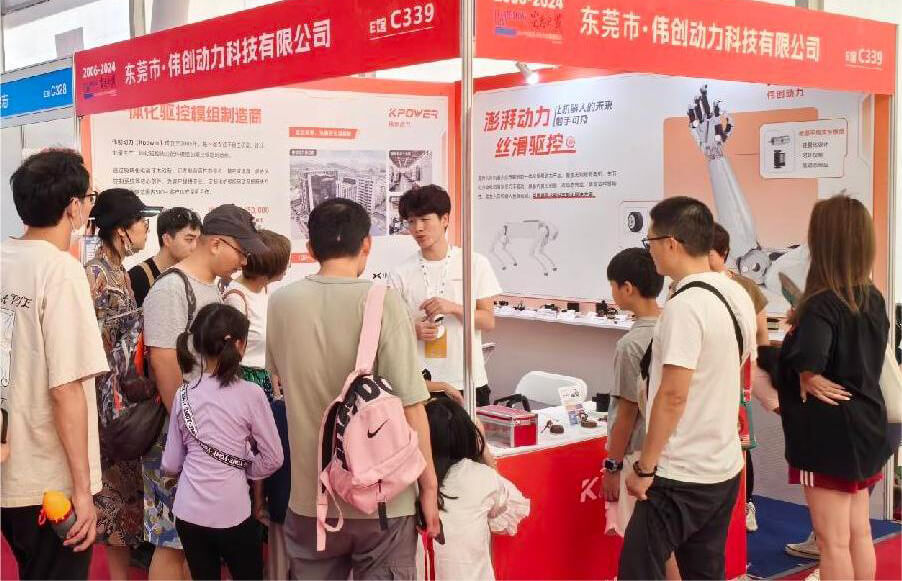In the bustling world of sewing—whether it’s in a cozy home workshop or a high-end manufacturing plant—precision, efficiency, and sustainability are often the secret ingredients behind impeccable craftsmanship. Enter the servo motor, a game-changing innovation that's rapidly becoming the heartbeat of modern sewing machines. This small yet mighty device is redefining what it means to sew efficiently, quietly, and with greater control.

The Rise of the Servo Motor in Sewing Technology
The traditional sewing machine relies on AC motors or gear-driven motors that, while effective, often suffer from drawbacks such as high energy consumption, noise, and limited control over sewing speed. As the demand for smarter, more sustainable, and user-friendly machinery rises, servo motors have emerged as a superior alternative. They are compact, energy-efficient, and deliver precise control over sewing operations—making them the ideal upgrade for both amateur seamstresses and professional textile producers.
What Exactly is a Servo Motor?
At its core, a servo motor is a rotary actuator that allows for precise control of angular position, velocity, and acceleration. Unlike ordinary motors that run continuously at full speed, servo motors are designed to respond to control signals, adjusting their operation according to the needs of the task. This responsiveness is what makes them highly suitable for sewing applications, where different fabrics and stitches demand varied motor control.
In sewing machines, a servo motor replaces the conventional motor and gear system, directly controlling the needle movement, foot pedal response, and other key functionalities. This direct drive system results in smoother operation and a greater level of finesse that is hard to match with traditional motors.
The Key Benefits of Using Servo Motors in Sewing Machines
1. Energy Efficiency
One of the most standout features of servo motors is their remarkable energy-saving ability. Unlike traditional motors that consume significant power throughout operation, servo motors only draw energy when actively moving or adjusting. This can cut electrical consumption by up to 70%, not only saving money but also reducing environmental impact—a compelling reason for the eco-conscious sewing enthusiast.
2. Quieter Operation
Say goodbye to the loud, whirring noises associated with old-school sewing machine motors. Servo motors operate at a whisper-quiet level, which makes them perfect for environments where noise reduction is crucial—think small workshops, educational settings, or even home sewing where concentration matters.
3. Precise Control and Consistency
When you're working on delicate fabrics or complex patterns, control is everything. Servo motors offer variable speed control, allowing for seamless adjustments that result in cleaner stitches and less fabric distortion. This precision leads to higher-quality finishes and reduces the need for rework, saving both time and materials.
4. Increased Safety and Reduced Heat
Because servo motors are more efficient and only consume power when needed, they generate less heat during operation. Additionally, their smooth start and stop mechanisms minimize mechanical stress on the machine parts, extending the lifespan of your sewing equipment and minimizing safety concerns related to overheating.
5. User-Friendly Experience
Modern servo motors often come with programmable features, allowing users to set customized sewing speeds and modes. This eliminates the need for constant foot pedal pressure, reduces fatigue during long sewing sessions, and makes the experience more ergonomic and enjoyable.
How Servo Motors Are Changing Industry Standards
In professional sewing and industrial manufacturing, speed and accuracy are non-negotiable. Companies that have switched to servo systems report faster production cycles, fewer machine breakdowns, and better quality output. This is especially significant in sectors such as automotive upholstery, fashion manufacturing, and even technical textiles where consistency is king.
Imagine a sewing machine that knows exactly how much power to apply for each stitch, adjusting in real time to fabric thickness, pattern complexity, or specific sewing parameters. That’s the promise of servo technology—smart, adaptable, and efficient.
Compatibility and Upgrade Paths
For those contemplating upgrading their existing sewing machines, many models now support servo motor conversions. These kits often include everything needed for a straightforward swap—making it accessible even for hobbyists with basic technical skills. Modern servo motors come with features like plug-and-play installation, adjustable speed controllers, and diagnostic interfaces, simplifying the transition.
The Economic Perspective: Investment in Future-Proof Technology
While the initial cost of a servo motor might be higher than traditional motors, the long-term savings in energy, maintenance, and productivity often outweigh the upfront investment. Furthermore, as the world moves towards sustainability, adopting energy-efficient technology enhances your brand reputation and aligns with global trends.
Stay tuned for Part 2! We’ll explore real-world applications, detailed comparisons, and tips for choosing the best servo motor for your sewing needs.
Kpower has delivered professional drive system solutions to over 500 enterprise clients globally with products covering various fields such as Smart Home Systems, Automatic Electronics, Robotics, Precision Agriculture, Drones, and Industrial Automation.




































